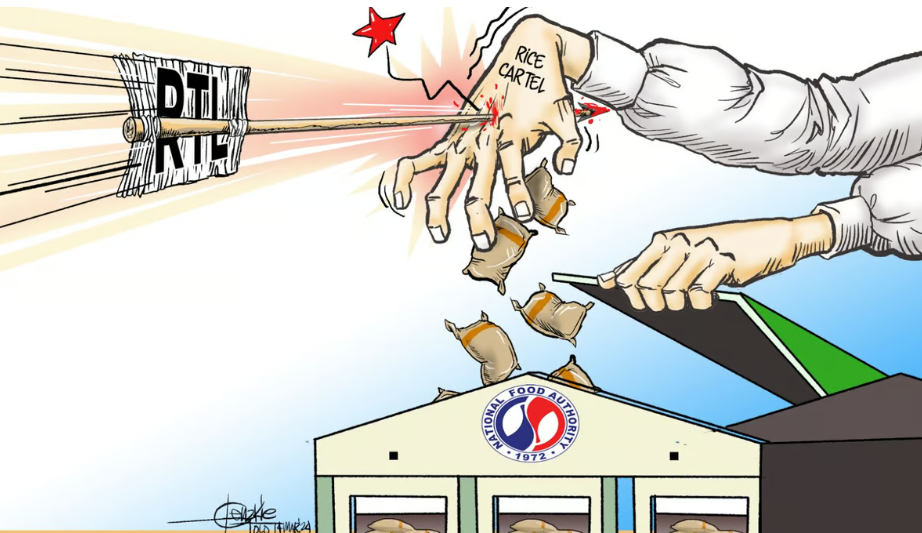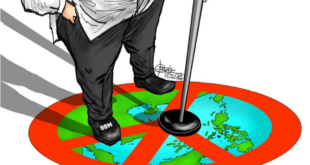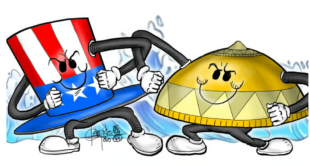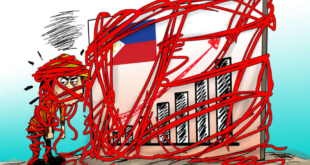 Efforts are being exerted at the highest level to bring back the old ways of the National Food Authority having a monopoly over rice importation or at least to allow the agency to compete with rice traders in buying grain abroad.
Efforts are being exerted at the highest level to bring back the old ways of the National Food Authority having a monopoly over rice importation or at least to allow the agency to compete with rice traders in buying grain abroad.
The NFA seems resistant to reforms as several past efforts to make it a tool for efficiency in the private sector successively failed.
Several measures sought to overhaul NFA’s functions even before the Rice Tariffication Law in 2019.
The law was the culmination of the changes in the NFA after it removed the agency’s authority to import.
The grains agency is now responsible for maintaining the country’s rice buffer stock through purchases from local farmers.
Former President Rodrigo Duterte issued a directive in 2018, returning supervision over the grains agency to the Department of Agriculture after issues were raised over rice imported from Vietnam.
Executive Order 62 returned the grains agency to the DA from the Office of the President, thus repealing Executive Order 1 issued in 2016 that placed the NFA, along with 11 other agencies, under the supervision of the Cabinet Secretary in the Office of the President.
The RTL followed, removing the NFA grain importation monopoly and bringing back competition in the rice market, a situation the powerful rice cartel wanted to reverse.
The Philippine Competition Commission, in a study, said the liberalization of rice imports brought competition back to the industry.
The antitrust body said in the study that market distortions resulted from NFA’s market domination under its previous mandate to monopolize grain importation.
It cited two imperatives: “One is the need to abolish the NFA import monopoly, the other is the need to liberalize investment rules in rice processing and trading, opening up the sector to foreign competition.”
In 2019, former President Duterte signed the Rice Tariffication Law, which essentially removed the NFA’s grain import functions and opened importation to traders.
Karl Kendrick Chua, a World Bank economist and then the Socioeconomic Planning Secretary, said the law was the best model the government could use to balance the grains market.
The PCC study indicated that allowing foreign competition to flourish in the rice sector was “one of the low-hanging fruits for regulatory reform.”
Quantitative restriction or QR had restricted foreign competition in the sector, resulting in consumers paying higher rice prices than their ASEAN neighbors.
The QR was the annual limit on private-sector rice importation removed in the RTL.
The RTL also fulfilled the country’s free market commitments to the World Trade Organization or WTO.
Tariffication aims to lower rice prices for consumers while protecting rice farmers with a 35-percent tariff on the staple grain.
Revenue from the tariff allows the government to fund safety nets for affected farmers and to improve rice production technology.
The PCC study indicated that the efficient operation of the rice sector depends on free and fair competition throughout the value chain.
The only enhancement the law needed was to give the DA the teeth to pursue officials conniving with the rice cartel, which is at the root of the problems hounding the industry.
Bringing down the cartel through anti-monopoly sanctions will free up the market, thus ending the problems with rice prices and supply.
With the syndicate’s firm grip on the rice industry and the NFA, efforts toward a sound market will only fall by the wayside.
*****
Credit belongs to: tribune.net.ph
 Atin Ito First Filipino Community Newspaper in Ontario
Atin Ito First Filipino Community Newspaper in Ontario






